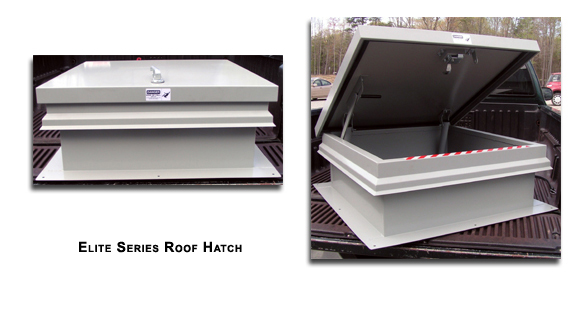
Fabrication as an industrial term refers to building metal structures by cutting, bending, and assembling. The cutting part of fabrication is via sawing, shearing, or chiseling (all with manual and powered variants); torching with handheld torches (such as oxy-fuel torches or plasma torches); and via CNC cutters (using a laser, torch, or water jet). The bending is via hammering (manual or powered) or via press brakes and similar tools. The assembling (joining of the pieces) is via welding, binding with adhesives, riveting, threaded fasteners, or even yet more bending in the form of a crimped seam. Structural steel and sheet metal are the usual starting materials for fabrication, along with the welding wire, flux, and fasteners that will join the cut pieces. As with other manufacturing processes, both human labor and automation are commonly used. The product resulting from (the process of) fabrication may be called a fabrication. Shops that specialize in this type of metal work are called fab shops. The end products of other common types of metalworking, such as machining, metal stamping, forging, and casting, may be similar in shape and function, but those processes are not classified as fabrication.
Click on images below to ZOOM and Click on image to CLOSE:

